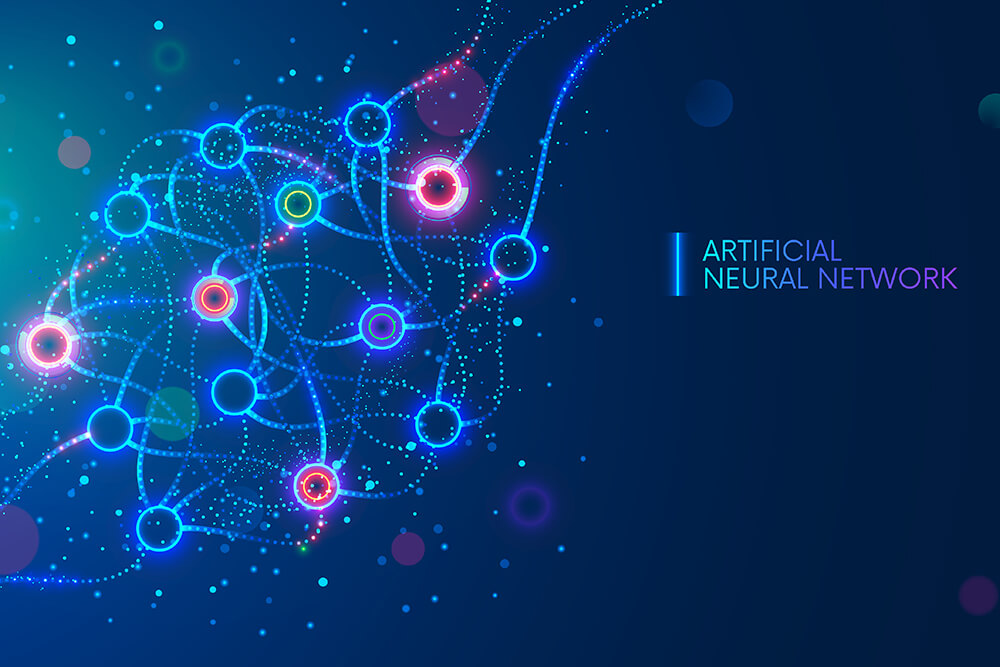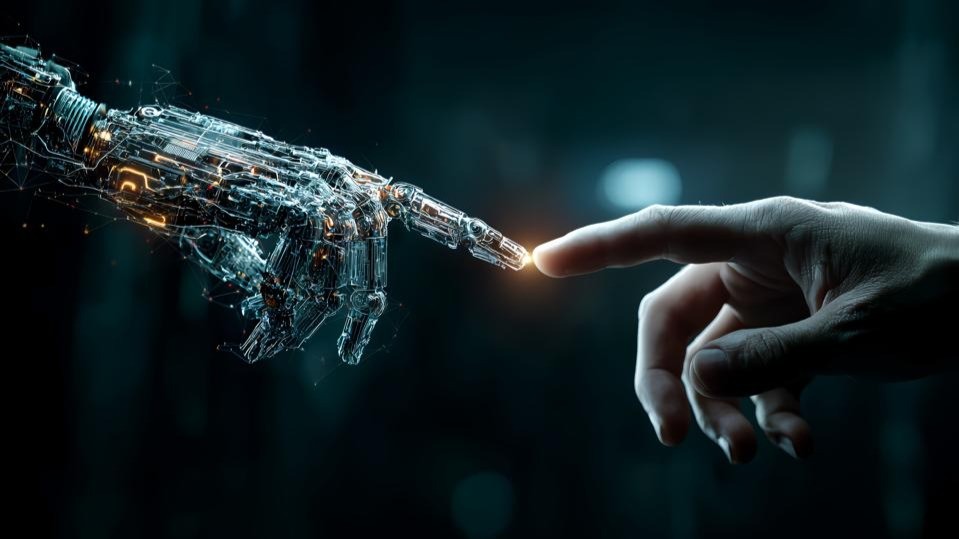What is an Artificial Neural Networks?
2 July 2021
Artificial neural networks (ANN) give machines the ability to process data similar to the human brain and make decisions or take actions based on the data. While there’s still more to develop before machines have similar imaginations and reasoning power as humans, ANNs help machines complete and learn from the tasks they perform.

Do you know what facial recognition, real-time translation, Google photos and autonomous cars have in common? They are all applications of artificial neural networks (ANN). While there’s no doubt machines can outperform humans in a variety of ways, our human brains are still ahead when it comes to imagination and reasoning. However, with the advancement in artificial neural networks, machines are now closer than ever to thinking and acting like humans.
What else can artificial neural networks do?
Artificial neural networks are a main component of machine learning and they are designed to spot patterns in data. This makes ANNs an optimal solution for classifying (sorting data into predetermined categories), clustering (finding like characteristics among data and pulling that data together into categories) and making predictions from data (such as helping determine infection rates for COVID, the next catastrophic weather event or box-office smash). In everyday life, ANNs are powering the “watch next” feature of YouTube videos, creating realistic CGI faces, helping detect fraud, giving us the ability to chat with chatbots and more. In fact, there are probably not many tasks an artificial neural network can’t do as long as it’s trained to do it.
How do artificial neural networks work?
Ultimately, ANNs try to replicate how our human brains process information and make decisions. While ANNs are based on mathematical theory created in the 1940s, it wasn’t until the last couple of decades that it became a focus for artificial intelligence. When backpropagation was developed to help these networks learn and adjust actions based on outcomes its development and adoption really began to accelerate.
When a human brain receives an input, it processes it through a series of neurons. Different neurons of the human brain are responsible for processing different aspects of input in a hierarchical fashion. ANNs try to replicate this through artificial neurons called units that are arranged in layers and connected to each other to create a web-like structure.
ANNs have an input layer and output layer. Between these two layers there are other hidden layers that perform the mathematical computations that help determine the decision or action the machine should take. Ultimately, these hidden layers are in place to transform the input data into something the output unit can use.
The data is processed by each hidden layer and then moves on to the next based on connections that are weighted. Think of this process as an assembly line in a factory—raw materials as the input and different stops on the conveyor belt to add an element to the product equate to the hidden layers of an ANN that processes the data until you get to the output. Based on what the machine learns about the data when processed by one layer, it determines how to move it through to the next, more senior layer based on the value it receives when evaluated. Based on the complexity of the issue at hand, it can continue to process through more senior units until delivered to the output layer.
Before an ANN can be fully deployed, it must be trained. This training involves comparing an outcome a machine gets with the human-provided description of what outcome is expected. If these don’t match, the machine uses this feedback and goes back to adjust the weights of the layers (called backpropagation). These new learning rules are applied and help guide the neural networks on future processing.
To illustrate how this works for the human brain, consider how humans might learn how to shoot a basketball so they score more baskets. Over time and with experience, different techniques are tried to improve the odds the shot will make it in the basket—bending legs less or more, adjusting the hand position, shooting force, the angle of the shot, use of backboard, etc. When a shot doesn’t make it in, the brain adjusts based on this feedback and tries something else. Over time, there is enough learning to improve the outcome so that more balls make it through the net than get rejected.
Types of artificial neural networks
There are several types of artificial neural networks including the feedforward neural network, recurrent neural network and a variety of others. The network you use is based on the data set you have to train it with as well as the task you want to accomplish.
A feedforward neural network, the most basic type of neural network, can only process data from input to output in one direction. This is what is used for supervised machine learning when you already know what outcome you want the network to achieve. It’s the basis for many commercial applications such as machine vision. A recurrent neural network has data flow in multiple directions and is widely used for more complex tasks. Use cases for recurrent neural networks include document generation and real-time language translation.
Future of ANNs
While ANNs can tackle most tasks if they are allowed to train for it, the biggest obstacle to overcome is the amount of time it takes to train ANNs and the computing power required for a complex task. In addition, it’s impossible for humans to fully understand what happens in the hidden layers of an artificial neural network. Although researchers are actively working on this, there is still a lot to learn even though we’ve come so far in helping machines think and act like a human.
Where to go from here
If you would like to know more about measuring HR effectiveness, check out my articles on:
- The Most Amazing Artificial Intelligence Milestones So Far
- What Are The Negative Impacts Of Artificial Intelligence (AI)?
- What Is The Importance Of Artificial Intelligence (AI)
- Are Alexa And Siri Considered AI?
Or browse the Artificial Intelligence & Machine Learning to find the metrics that matter most to you.
Related Articles
7 Workplace Trends That Will Define 2026
By now, “smart” versions exist of just about every home appliance, gadget and gizmos we can think of. However, manufacturers continue[...]
Is Autonomous Driving Ever Going To Happen?
By now, “smart” versions exist of just about every home appliance, gadget and gizmos we can think of. However, manufacturers continue[...]
AI And The End Of Progress? Why Innovation May Be More Fragile Than We Think
By now, “smart” versions exist of just about every home appliance, gadget and gizmos we can think of. However, manufacturers continue[...]
Dreamforce 2025: Why I’m Excited About Salesforce’s Agentic Enterprise Revolution
By now, “smart” versions exist of just about every home appliance, gadget and gizmos we can think of. However, manufacturers continue[...]
The Top 5 Technology Trends For 2026
By now, “smart” versions exist of just about every home appliance, gadget and gizmos we can think of. However, manufacturers continue[...]
The 7 Biggest Cyber Security Trends Of 2026 That Everyone Must Be Ready For
By now, “smart” versions exist of just about every home appliance, gadget and gizmos we can think of. However, manufacturers continue[...]
Sign up to Stay in Touch!
Bernard Marr is a world-renowned futurist, influencer and thought leader in the fields of business and technology, with a passion for using technology for the good of humanity.
He is a best-selling author of over 20 books, writes a regular column for Forbes and advises and coaches many of the world’s best-known organisations.
He has a combined following of 4 million people across his social media channels and newsletters and was ranked by LinkedIn as one of the top 5 business influencers in the world.
Bernard’s latest book is ‘Generative AI in Practice’.










Social Media